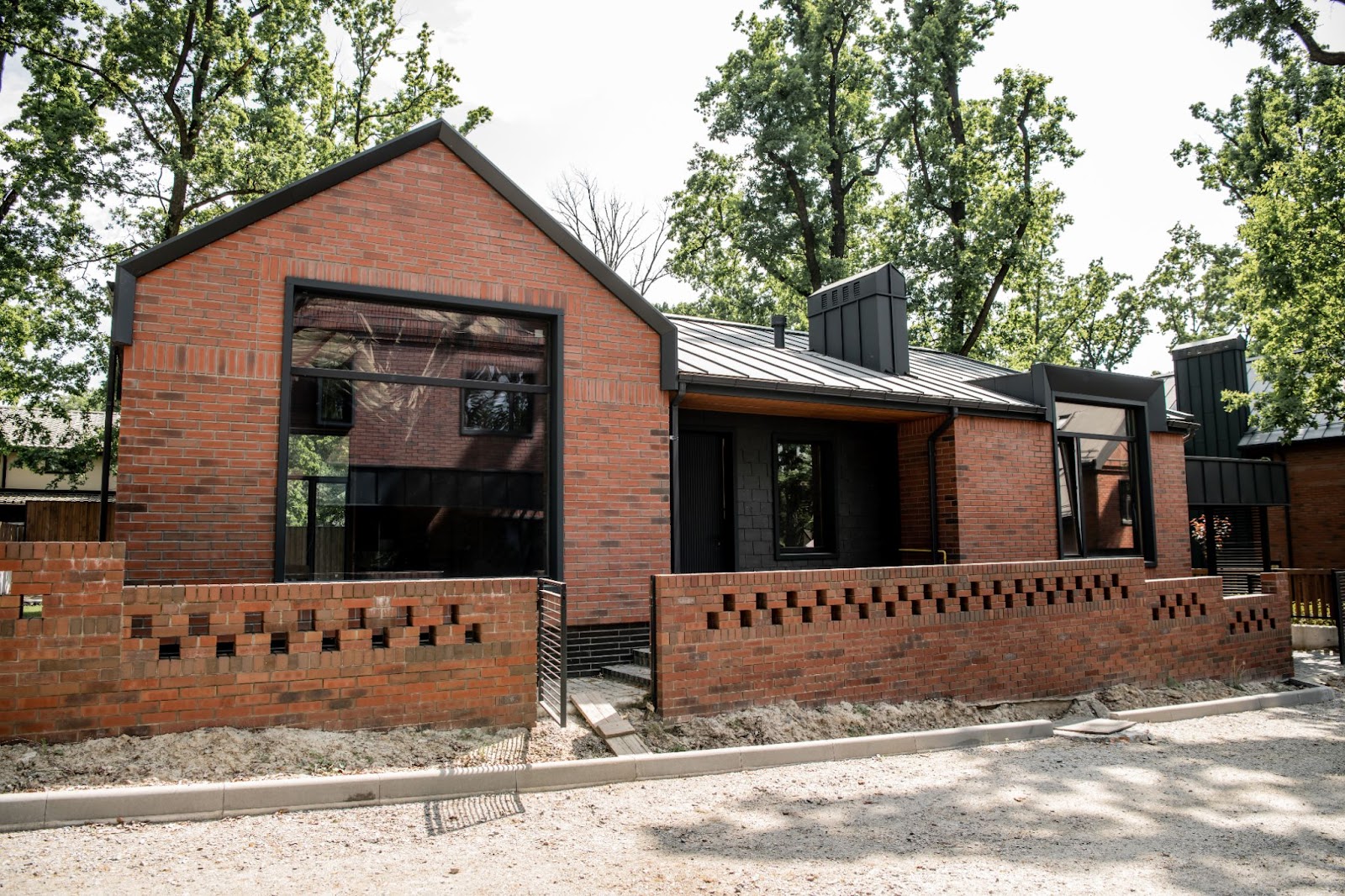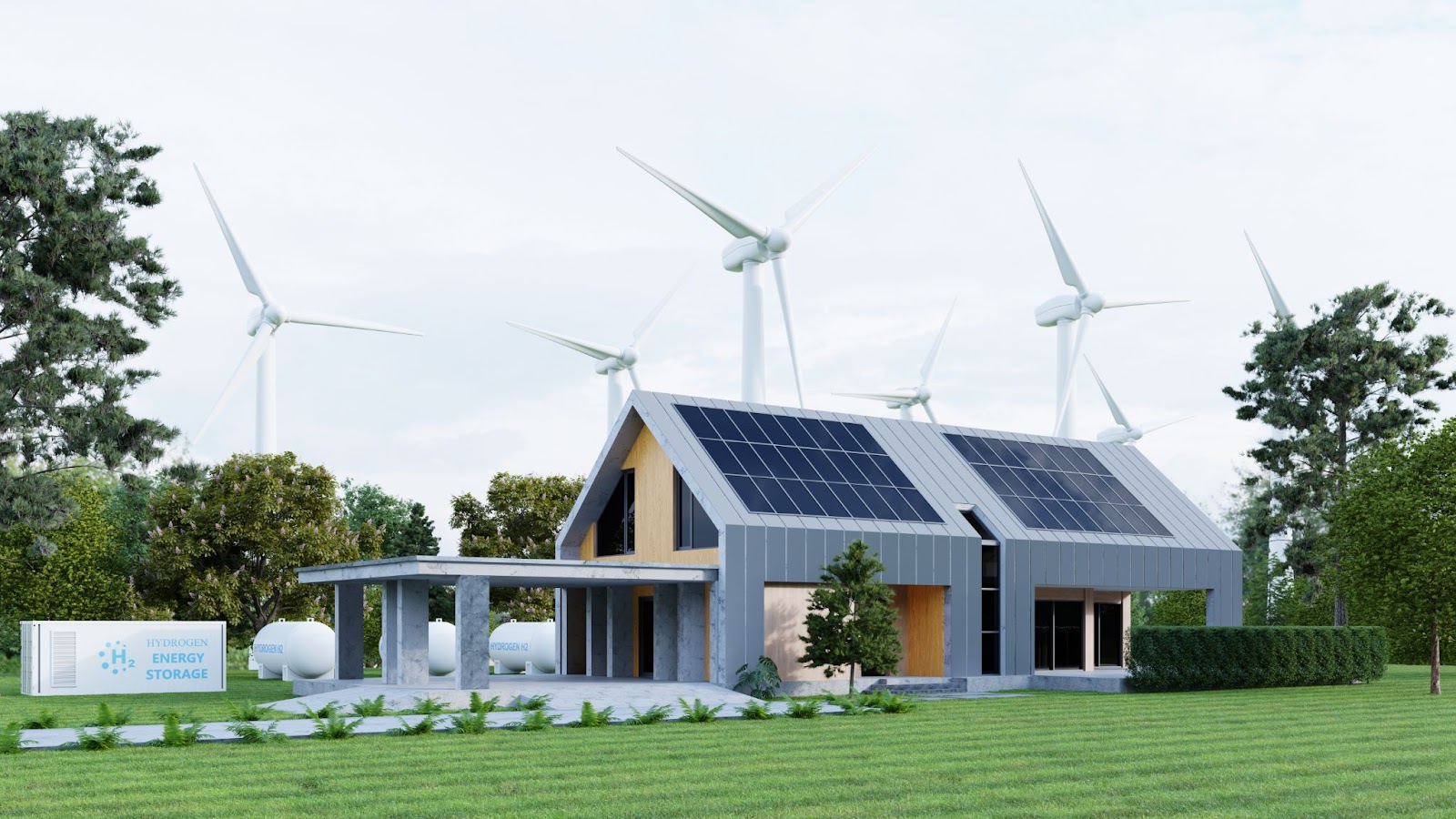Building a home is a significant milestone, and choosing the right materials is crucial to ensure durability, efficiency, and sustainability. Australia offers a range of building materials, each with its unique characteristics and considerations. This guide aims to help first-time homebuilders navigate the options available, focusing on common materials like timber, brick, and steel, as well as sustainable alternatives.
Timber:
Timber is a popular choice for its natural warmth and aesthetic appeal. It's versatile, allowing for various construction styles, and is relatively easy to work with. However, timber requires regular maintenance to prevent rot and termite damage. Additionally, sourcing timber from sustainable forests is essential to minimize environmental impact.
Brick:
Brick is renowned for its durability and thermal properties, providing excellent insulation. It's low-maintenance and offers a classic, timeless look. However, bricklaying can be labor-intensive, and the material itself is heavy, requiring a sturdy foundation. Furthermore, the production of bricks can be energy-intensive and contribute to carbon emissions.

Steel:
Steel is valued for its strength, durability, and versatility. It offers excellent structural support and is resistant to fire, termites, and rot. Steel framing allows for greater design flexibility and can be recycled at the end of its life. However, steel is a conductor of heat and cold, requiring additional insulation for thermal efficiency.
Sustainable Options:
For environmentally conscious homebuilders, several sustainable building materials are available in Australia. These include:
-
Recycled Timber: Salvaged from old buildings or structures, recycled timber reduces waste and has a unique character. It can be used for flooring, cladding, and furniture, adding a rustic charm to your home.
-
Composite Decking: Made from a blend of recycled wood fibers and plastic, composite decking offers the look of wood with the durability of plastic. It requires minimal maintenance and is resistant to rot, decay, and insects.
-
Rammed Earth: A traditional building technique, rammed earth involves compressing a mixture of earth, gravel, sand, and clay into solid walls. It provides excellent thermal mass, regulating indoor temperatures naturally.
-
Straw Bale: Straw bales are used as insulation within timber or steel frame walls. They offer high insulation value and are a renewable resource. However, they require careful moisture management to prevent mold growth.

Choosing the right building materials is a crucial step in the homebuilding process. Consider factors such as durability, maintenance, energy efficiency, and sustainability when selecting materials for your new home.
By exploring the options available and weighing the pros and cons of each, you can create a comfortable, efficient, and environmentally friendly living space that meets your needs and values.
Ready to start homebuilding? Homeshelf Is Here to Help
At Homeshelf, we're passionate about facilitating confident home investments. We list land estates, home builders and home designs around Australia, along with house and land packages. Doing the research at the outset ensures you can proceed with clarity.
If you're conscious about the materials used to build your new home, we're here to guide you to a perfect home-building solution.
Publisher Website: www.homeshelf.com.au